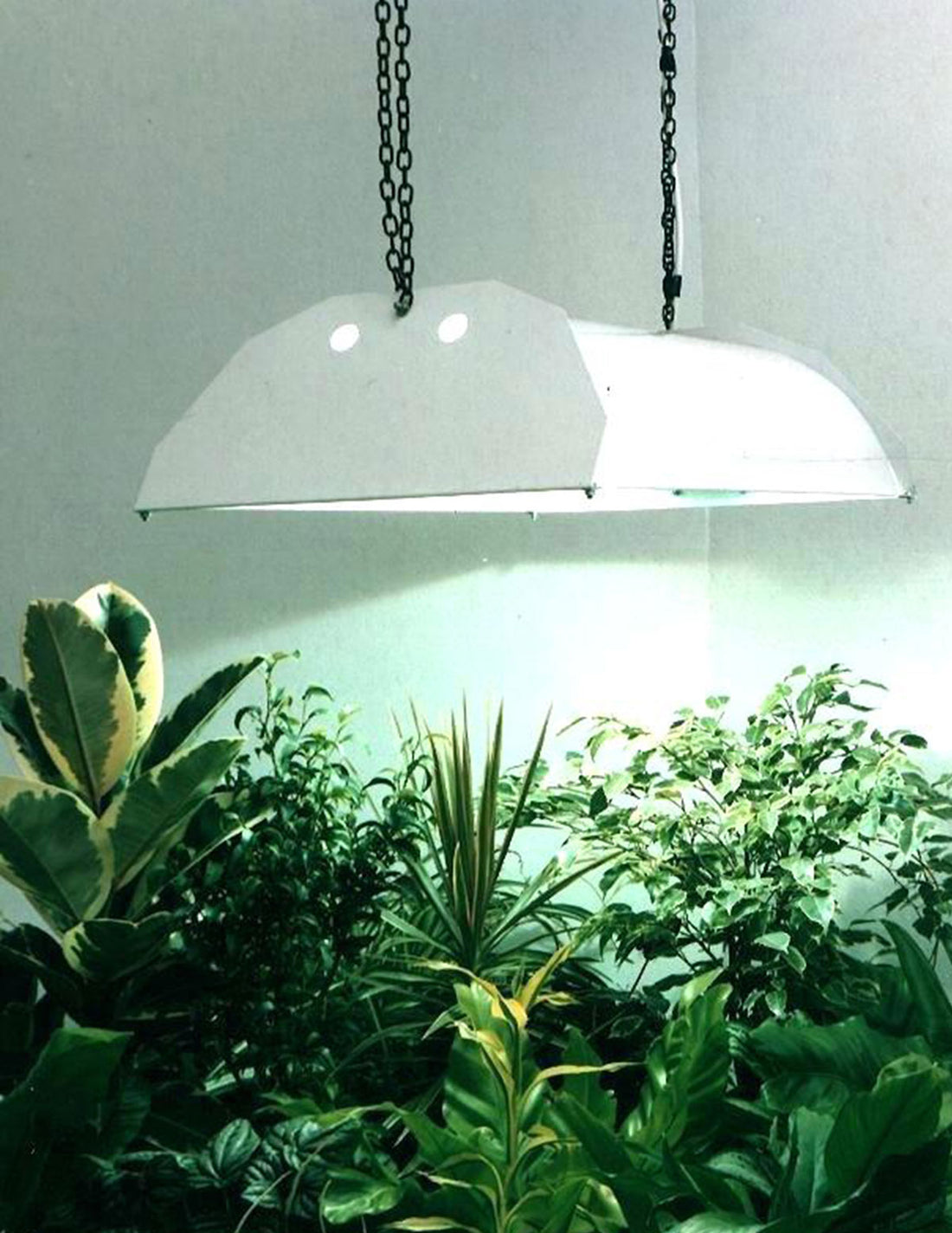
Common Care Questions
Understanding Lighting in Your Home and How It Affects Your Plants

If you’re looking to add new houseplants to your space, there’s one big factor you have to keep in mind: the kind of lighting you have at home. Here’s how to know the different kinds of light and how to make adjustments if needed.
How can I figure out what kind of light I have at home?
To better understand light within your home, it’s important to know where your windows point, especially if you’re relying on natural lighting to help your plants grow. As we know, the sun rises in the East and sets in the West, so it’ll be moving throughout the day.
Not sure which direction your windows face? Use a compass or compass app on your phone, and you’ll know right away.
Once you understand what direction your windows face, you can better determine how much light they're letting in:
North- Low to moderate indirect light. Best suited for low light tolerant plants like the Snake Plant or ZZ Plant. Direct sun and/or intense sun does not come through north facing windows.
South- Bright indirect light to full sun in the afternoon. Best suited for sun-loving plants like succulents, cacti and the infamous Monstera deliciosa.
East- Medium bright, indirect light. Best suited for plants like the Pothos, Philodendron or Bird's Nest Fern, which can all tolerate a wide spectrum of light. Any direct sunlight during the day isn’t intense enough to cause leaf burn.
West- Medium bright indirect light with some direct sun moving across at the end of the day. Ideal for most houseplants.

Now that you know what kind of sunlight you have, here are a few other factors to consider:
- Obstructions: Look out for anything that will block sunlight in your home. Even if you have a South-facing window, if it faces a building or is obstructed by trees, it will diffuse the amount of light coming in. Be mindful of indoor obstructions as well, like furniture and other plants blocking a window.
- Size of windows: The size of your windows will help indicate how much light will be dispersed coming inwards. If you have larger windows, you can place plants farther away and they will still receive plenty of light, while the smaller windows will only provide a limited range of sunlight. If you can, it’s best to place plants directly in the window, especially if there are obstructions or no more than 2-3 feet away. Plants that are more low light tolerant can be placed farther away from the window as long as they can still see outside.
- Light meters: You could also invest in a light meter to measure light, especially if sunlight is dispersed farther from the window, to ensure there is enough in your home for your dream plant! Generally, anywhere between 100-200+ foot candles is where plants want to be. Low light plants can withstand as low as 50-75 foot candles.
- Artificial lighting: If you don’t have ideal lighting for the plants you’d like (for example, if you have a Northern exposure but want more bright light plants, or have dead zones of natural light in general), you can consider adding artificial light to your home. Plants cannot survive without some form of sunlight (natural or artificial), so if you plant to add your plants to a basement or place with no sunlight, you will need to consider a grow light of some sort to make sure your plant thrives.

Words By The Sill
Empowering all people to be plant people—a collection of articles from The Sill's team of plant experts across a variety of plant care topics to inspire confidence in the next generation of plant parents. Welcome to Plant Parenthood™.
Do Some Plant Shopping